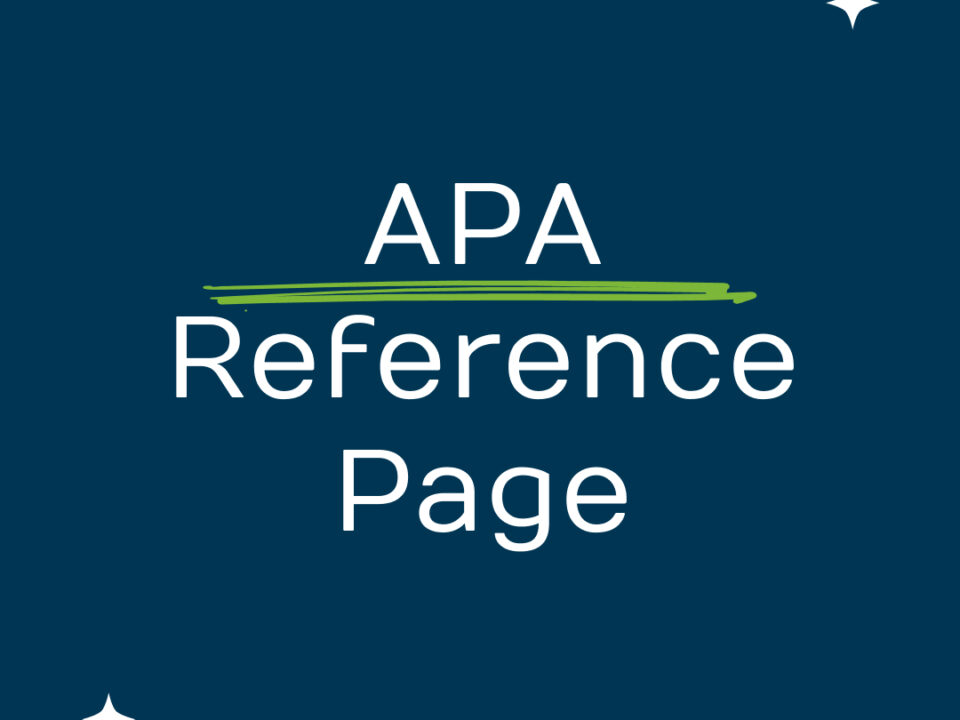
Insider Strategies for Getting Your Research Published in ISI Journals
December 25, 2024
Complete Guide to Academic Writing vs Non-Academic Writing
December 26, 2024Are you a scientific or scholarly researcher looking to streamline your research process and stay updated with the latest developments in your field? Look no further than the Web of Science. This online search platform is specifically designed to meet the needs of researchers, providing access to a multitude of academic literature including peer-reviewed articles. In this complete guide, we will explore how you can effectively utilize the Web of Science to enhance your research efforts and stay ahead of the curve in your field.
what is the Web of Science?
Web of Science is a powerful studies and citation index that offers get right of entry to to authoritative,isciplinary content from scholarly guides. It is an extensively used resource by way of researchers, institutions and libraries to find out get right of entry to, and analyze scientific and scholarly literature.
The Web of Science platform gives a comprehensive and curated collection of great content from over 21,000 journals, books, and convention court cases. This wealth of data covers an extensive variety of disciplines, along with science, social sciences, arts, and arts, making it a useful device for undertaking interdisciplinary studies.
One of the key functions of the Web of Science is its citation indexing, which permits customers to track the effect and have an impact on of instructional work with the aid of studying citation records. This function enables researchers to become aware of key papers, authors, and trends in their subject, and to measure the significance and effect in their work.
In addition to citation indexing, Web of Science also offers a set of analytical gear that permit users to visualize study tendencies, examine research output, and identify capacity collaborators. These gear provide treasured insights into the worldwide landscape of scholarly studies and can assist researchers make knowledgeable selections approximately their research strategies.
Furthermore, Web of Science presents access to more than a few advanced seek and discovery gear, which includes effective seek filters, advanced keyword looking, and topic clustering, making it easy for customers to discover applicable and reliable data quickly and efficiently.
Overall, the Web of Science is a crucial aid for researchers and institutions searching for to live at the forefront of clinical and scholarly discovery. With its complete content, effective analytical tools, and person-friendly interface, Web of Science continues to be a go-to platform for having access to and analyzing scholarly literature.
The platform’s quotation indexing feature is especially valuable because it allows researchers to hint the quotation history of a specific article. By identifying how generally a particular look-at has been referred to with the aid of different works, researchers can gauge the impact and have an impact on of the look-at, in addition, to discovering seminal works within a given field. This feature no longer simply enhances the credibility and relevance of an author’s studies but also affords treasured insights into the wider educational landscape.
Additionally, Web of Science significantly contributes to the research and writing procedure by way of streamlining the literature evaluation stage. Researchers can successfully explore existing literature, pick out gaps in knowledge, and build a strong basis for their work. This complete entry to to scholarly resources enables writers to stay abreast of today’s tendencies and findings of their respective fields, thereby enriching the first-class and depth of their studies output.
Another top-notch contribution of Web of Science is its promotion of collaboration and interdisciplinary research. Through the platform, researchers and writers can find paintings out of doors at their usual place, fostering connections throughout one-of-a-kind fields that could bring about progressive thoughts and strategies. This interdisciplinary connection is important for tackling complicated study questions that often require diverse knowledge and perspectives.
In conclusion, the Web of Science stands as a necessary aid for researchers and writers, providing an expansive database, quotation indexing functions, and the facilitation of collaboration and interdisciplinary studies. By providing get right of entry to a wealth of scholarly resources and promoting connectivity across educational disciplines, the Web of Science plays a pivotal function in advancing the information and scholarship of the research network.
How to use the Web of Science for research?
Web of Science is an invaluable tool for researchers at every level in their paintings. From the initial literature review to the very last citation evaluation, this database offers a plethora of beneficial functions that can aid in the research and writing way.
One of the key advantages of the Web of Science is its ability to assist researchers in discovering suitable articles. By analyzing the journals that put up articles similar to their studies, authors can identify appropriate goal journals for his or her paintings. This can be an essential step in getting their studies published in legitimate and applicable publications.
Additionally, Web of Science’s quotation indexing function lets in researchers to find out connections among one of a kind publications, making it less difficult to come to be privy to associated works. This can be mainly useful in figuring out gaps inside the modern literature or finding assets to resource one’s own research.
The platform additionally lends itself nicely to the writing of evaluation articles. The ability to set up connections among articles and find influential research allows researchers to assess a large amount of content material material, which can be leveraged for routine academic critiques and even more rigorous medical checks.
In addition, Web of Science lets customers to discover impactful studies by seeing how often a selected study has been stated via other works. More citations often indicate a examination’s effect and importance in its location, it is a treasured record for researchers as they navigate the existing literature and contribute new artwork to their situation.
In conclusion, Web of Science is a powerful device that offers a huge kind of benefits for researchers. From assisting writers locate appropriate articles and finding related literature to helping with the writing of evaluation articles and identifying impactful research, this database is a vital useful resource for any researcher trying to conduct thorough and powerful research.

